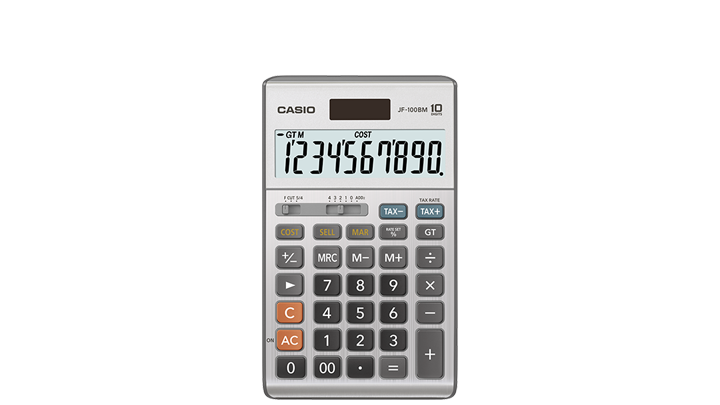I've been advocating an 18650 powered GH (specifically a 510 threaded atomizer) for ages. The fact is the 18650 is a proven system, reliable enough to power a car (Tesla)
I haven't had a GH in a while but as far as portable vapes go mine was basically a one hitter. I just couldn't get on with a portable vape where I always needed to bring spare batteries. An 18650 can be had with 5x the capacity of a GHB but is not nearly 5x the size. It's just a no brainer IMO! Their 3D printed spiral heater is a winner, but they are crippling it with underperforming proprietary battery formats.
I'm all for their heater tech in different forms.
But even if the GH was 510 threaded, it'd still stop working until they properly suss out their system issues.
When a hopper stops, it's battery is still properly functional, it is just the electrical components and potentially the heater itself causing the vast majority of RMAs.
I've experienced the hopper getting 4-5 bowls comfortably with one 750mAh cell. So the cell can sustain the 45W draw comfortably for ~0.6g of Herb, which is leagues ahead of alternatives considering efficiency.
Sure that's rare, but they should be able to solidify those figures if they can attain some proper QA.
Their chemistry is specifically tuned to high drain service, not so with the Panasonic's NCR18650Bs you're referencing; they have a nominal voltage of 3.6 V and a discharge end voltage at 2.5 V.
It's just no good.
If the hopper had 18650s, they'd have to be a specific type, like with S&Bs Mighty/Crafty or the Ghost, who just opted for sealed properitary options at a high cost.
The only reason 18650s are so affordable is because of intense quantity being produced. However there are many, many variations of an 18650 cylinder cell - the 18650 is literally just a size, and if the hopper is actually working properly, it's not really needed as a personal device.
If I recall correctly, a member of this forum modified their GH to incorporate 4 18650s in series and managed to get ~100 chambers, 15g, from 1 charge.
He ran into issues as his electrics added too much noise to the PWM circuitry and it was no good long term.
This is pretty much the issue they're having, they're having fluctuations at either end of their boards due to wear and tear, and that mucks up the algorithms until the device will not function.
When the algorithms are functioning properly, the device is efficient with battery power.
But ultimately, a couple of batteries take up the space of an arguably needed cooling device. It's still ultra portable, but not perfect.
It'll be interesting to see what they offer in terms of power accessories. Their '3-batteries in 15 mins BC' is a good example that they can potentially offer amazing things with the latest USB type C interface.








